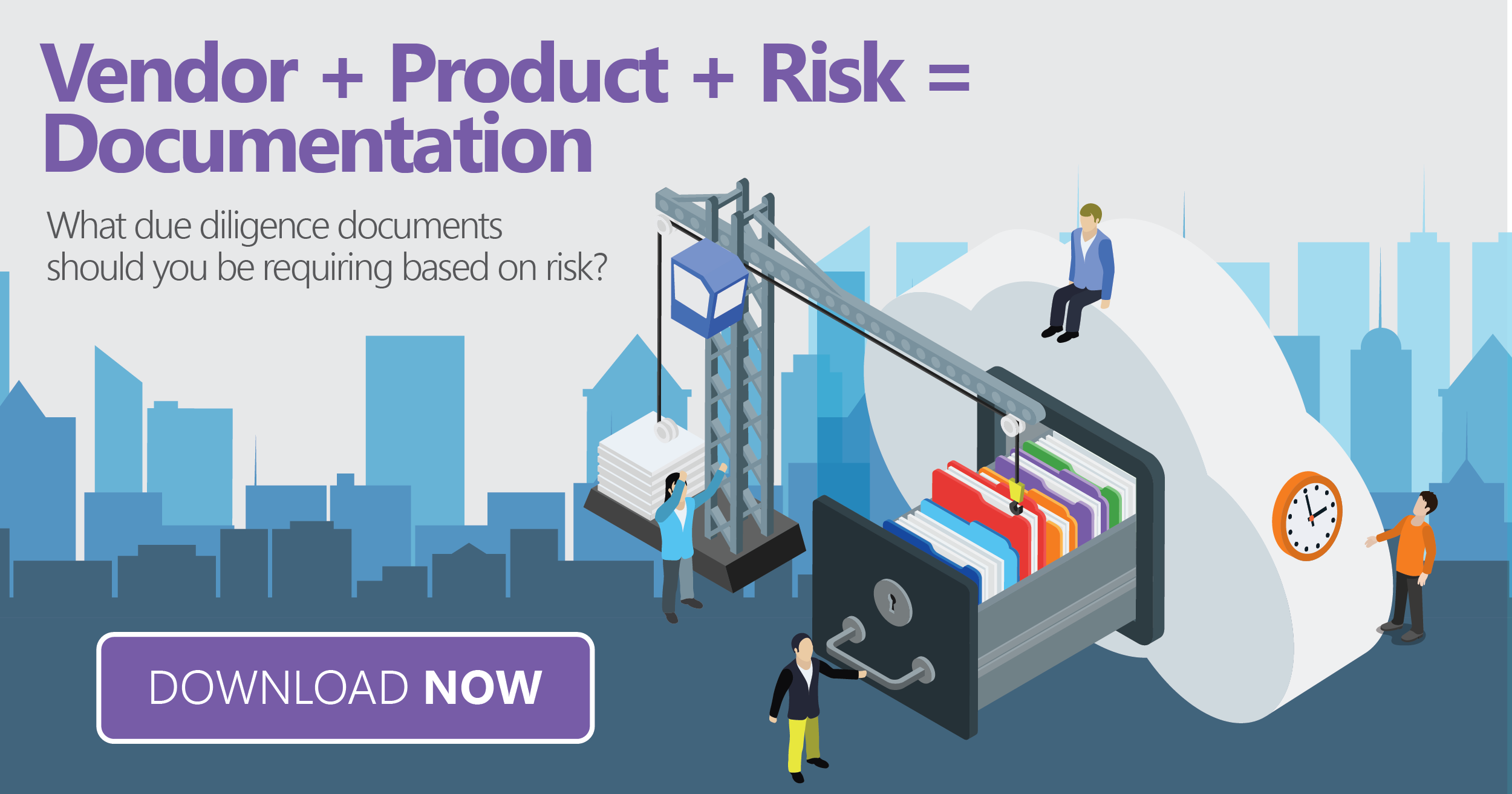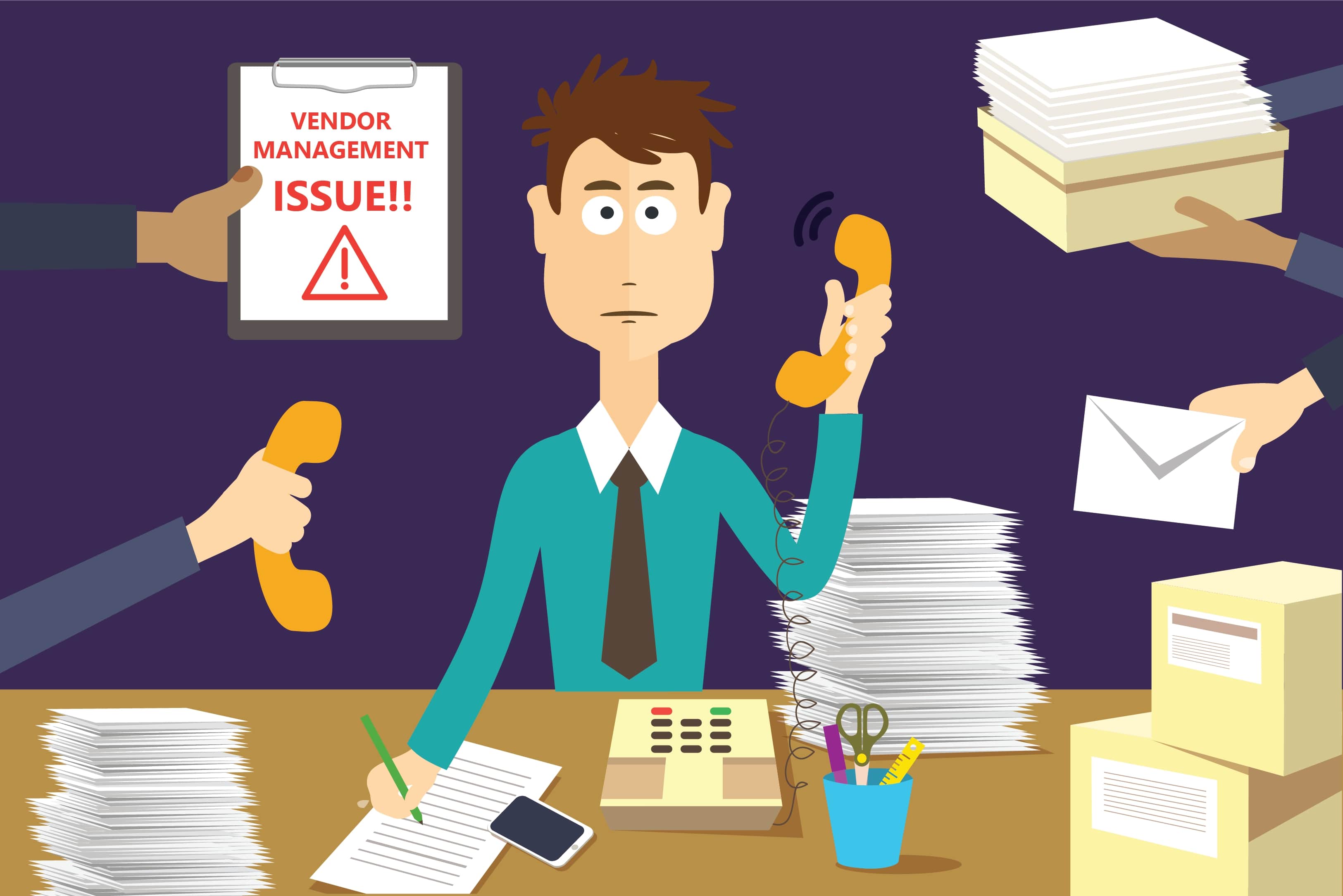In the story, “The Purloined Letter” by Edgar Allan Poe, one of the key themes was that the most obvious things are often hidden in plain sight – we just manage not to see them. The same is true of assessing the risks posed by doing business with a particular third party.
What do I mean?
We spend so much time ferreting out hidden nuances of third-party risk. Think of the time spent analyzing a SOC 2 report for deficiencies or the work required to dig through annual financial reports when a real issue is sitting right in front of your face.
Examples of this
Let's look at a few examples.
Example # 1:
One of the best examples of this is your shred vendor. Hey, there’s no risk there, right? Perhaps, but do you know what their hiring practices are or what happens if they fail to shred?
I raise these three issues:
- They are walking out the door with what could easily become purloined letters. They take all of your most confidential information and whisk it away.
- Suppose they don’t do criminal background checks; think about who could have access to your information.
- Suppose they allow days to go by before shredding your documents.
Example #2:
Another obvious and often overlooked example is your marketing company.
- When was the last time you looked at samples of their materials to make sure that they are accurate and presenting your products to your customers in an easy to understand unambiguous manner?
Example #3:
I've written before about fourth parties...here they come up again.
- They are significant service providers to your contracted third party. There's a lot of risk there as well – who has access to your customers' data and how well is that protection being watched.
What do you do about this?
On the surface, we always tend to think things are on the up and up, but you need to check and make sure.
- Your customers are placing their trust in you, so you must make sure that your products and services are fully compliant with all applicable regulations. In particular, the compliance program and accompanying policies and procedures must be robust and fully documented and audited.
- I'd also encourage you to look at their practices around complaint management – your customers may well be trying to tell you something and you simply aren’t getting the information that you need. Consumer complaints are often a really easily overlooked but painful obvious (in hindsight!) leading indicator of problems that demand your attention.
To learn about what else you should be reviewing on your vendors, download this free infographic.



















